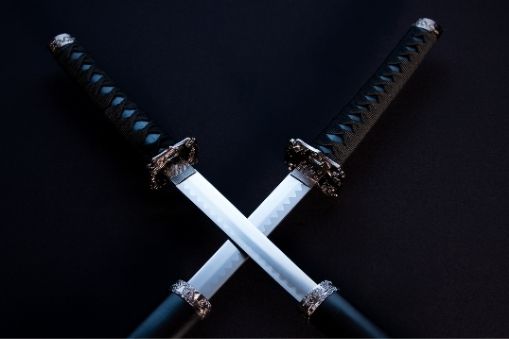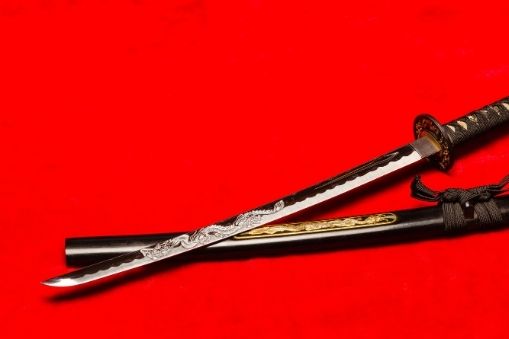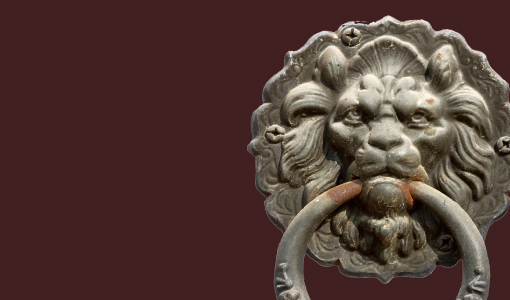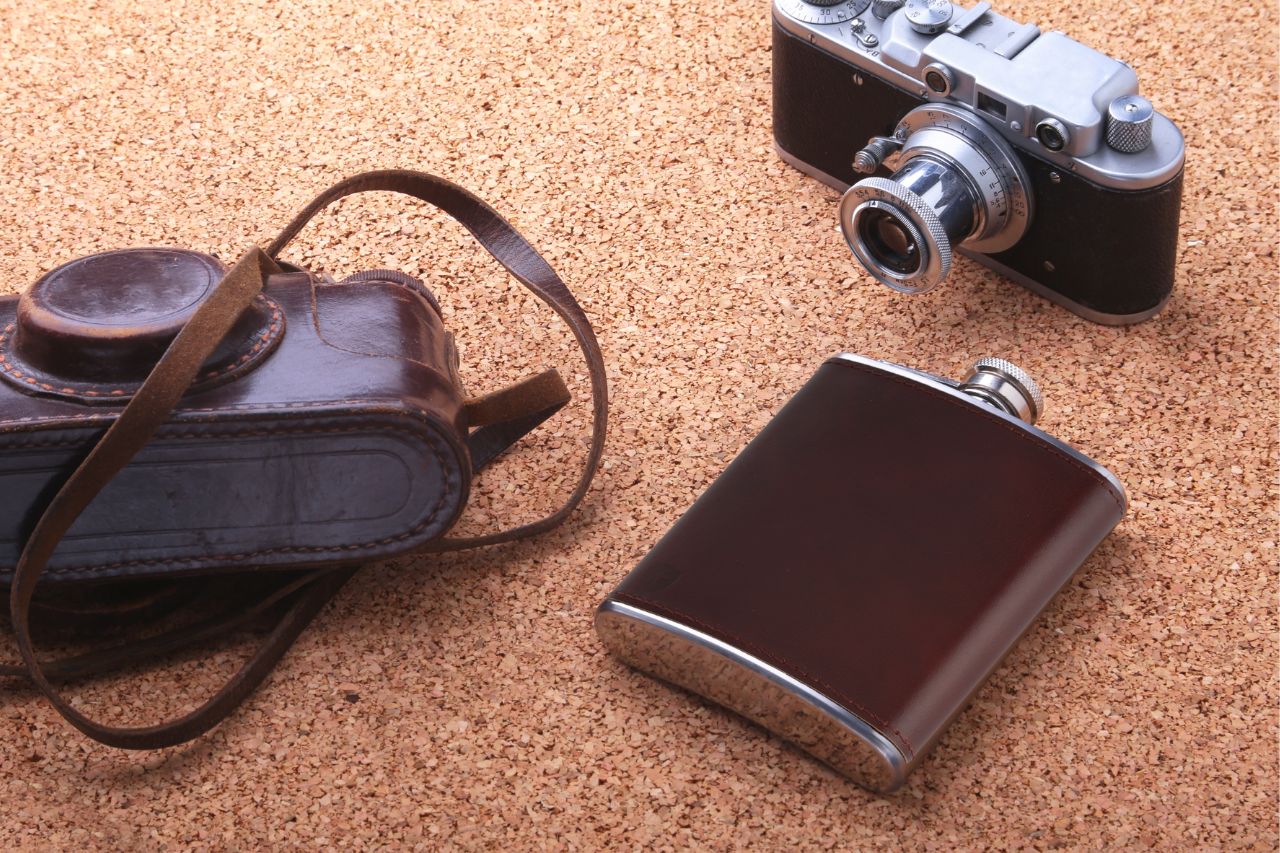The Japanese Wakizashi: A Closer Look
When people think of samurai weaponry, they often think of the iconic katana blade. However, throughout the lives of the samurai, the katana was actually one sword in a pair of blades that they always brought.
The other blade is the similarly iconic wakizashi. Together, the katana and the wakizashi came to be known as daisho, translating to “big-little”. When people saw a person wearing these pairs of blades, it indicated that the person was a samurai.
This blade is steeped with history and cultural significance. Let’s take a closer look at the iconic Japanese Wakizashi.
The History of The Wakizashi
Religious Significance
The sword is an important part of Japanese culture and history. In fact, the sword has been seen in many myths and legends that inculcated them into the culture of Japan.
Initially came the tale of Susanoo, a storm god in Japanese mythology. In the Shinto tale, Susanoo killed a giant serpent named Yamato-no-Orochi. From the belly of the dead serpent, Susanoo found the legendary sword named Kusanagi.
The tale goes that Susanoo gave this blade to his sister Amaterasu, who in turn handed it down to Ninigi, the first ancestor of the imperial family of Japan.
It was because of handing down that swords officially became part of the imperial regalia.
In other Japanese myths, swords are depicted as something opposite of weapons of battle and destruction. A tale in Japanese Buddhism symbolized the sword as one of happiness and favor and a bounty from heaven.

Beginnings of the Sword
Despite the fact that swords are largely associated with Japanese myths and history, the initial weapon of choice was actually the bow.
Then, when the Mongols attacked in the 13th century CE, swords came into the limelight and were used for their effectiveness in battle. The Japanese swords were being used due to the fact that they were more effective than the short swords that the Mongols brought into battle.
The Wakizashi Enters
The Wakizashi entered into Japanese history around the 15th or 16th century. The Tokugawa shogunate during the Edo Period decreed that samurai were required to wear the daisho.
Interestingly enough though, the Wakizashi was not an exclusive blade. While the katana could only be used by the warrior class, the wakizashi could be used by commoners as well. Common folk and merchants were found wearing wakizashis due to the thread of bandits in the region.
As the Edo Period continued, the use of weapons began to wane. Thus, the initial destructive functions of the sword were being replaced with swords becoming a status symbol.
Patterns, sculpted scenes, and designs were being placed in the swords. These allowed people to pursue these weapons as decorative items. This pursuit of collecting Japanese weapons as decorations continues until today.
The Use and Features of the Wakizashi
Types and Features of the Wakizashi
There were two types of wakizashis back then. Initially, the wakizashi was longer and more akin to the katana. This was known as the O-Wakizashi.
The other type was called the Ko-Wakizashi and is closer to the short blade we know of today. It measured anywhere from 30 to 60 centimeters.
Apart from the length, one of the defining features of the wakizashi is the cross section. If you aren’t familiar with what a cross section is, it is basically the shape at which the crafted blade narrows from the spine of the blade to the tip. Different cross section shapes and types have different effects for the blades.
The Japanese wakizashi has a narrower cross section than its longer counterpart. The effect here is that the wakizashi was much sharper. The trade off though, apart from the shorter range, is that the blade was more easily susceptible to wear and tear.
As such, warriors who used the wakizashi often needed to sharpen and maintain the blade to continue bringing it into battles.

Uses of the Wakizashi
There has been no explicit explanation that has satisfied historians as to the use of the Japanese wakizashi. These historians can only surmise and guess as to the use and general need of the wakizashi.
The logical assumption was that while katanas were seen as the superior weapon, they would not be effective when fighting in close quarters or in interior locations. This could further be proved by the practice of samurai leaving their katanas at the door when entering certain homes.
Apart from that, the wakizashi acted as a last resort. If the katana were lost or disarmed during battle, the samurai could rely on their wakizashi to continue battling.
Finally, in times of great dishonor or defeat, the Japanese wakizashi would often be used for ritualistic suicide. This ritual is called seppuku and is done to help the warrior save face and keep their honor and dignity intact.
Collecting Wakizashi
Despite swords declining in use, the Japanese wakizashi is still a blade that is being collected by people the world over. Other than the expert craftsmanship, the wakizashi is a great blade that is steeped with cultural significance and history.
You might also wanna check THE LEGENDARY JAPANESE TANTO: EVERYTHING YOU NEED TO KNOW.

